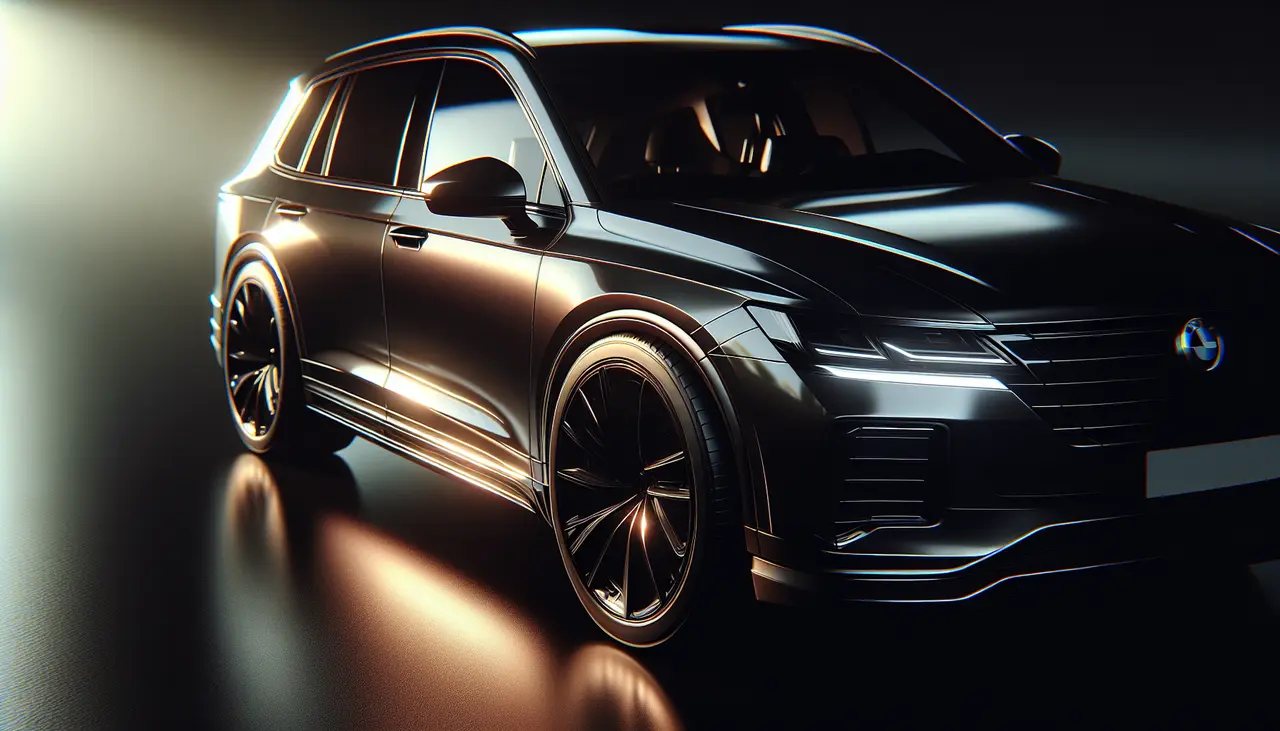

How Does Ceramic Window Tint Compare to Other Tint Types?
Choosing the right window tint for your vehicle or home can be a daunting task given the variety of options available. Among these, ceramic window tint has gained popularity. In this blog, we’ll break down the differences between ceramic window tint and other tint types to help you make an informed decision.
What is Ceramic Window Tint?
Ceramic window tint is an innovative window film that uses nano-ceramic technology. It is free from metal, dyes, or carbon, making it durable and efficient in terms of heat rejection and glare reduction.
Unlike traditional window tints, ceramic window tint is made with ceramic particles that are embedded within the tint itself. These tiny particles provide strength and resilience, allowing for effective blocking of ultraviolet (UV) rays and heat without compromising visibility. This ensures that while driving, your experience is not hindered by darkened windows impeding your view.
An advanced feature of ceramic tints is their ability to maintain stability in color over time, unlike tints that fade or discolor. Interestingly, despite its advanced properties, ceramic tint remains non-reflective, enhancing the appearance of your vehicle or home without making the windows overly shiny or mirrored.
How Does Ceramic Window Tint Work?
Ceramic tints filter sunlight using microscopic ceramic particles, which block infrared light (IR) and ultraviolet rays (UV) effectively, without hindering visibility.
The ceramic particles embedded in the film are non-conductive, which is a game-changer in window tint technology. They block up to 99% of harmful UV rays and a significant portion of infrared light, which is known for causing heat buildup inside the car. This means that the interior stays cooler than it would with other tint types, even on scorching summer days.
Moreover, the way ceramic window tints are designed means they offer minimal interference with electronic signals. Whether you’re relying on GPS navigation, Bluetooth connectivity, or digital broadcasting, ceramic tints ensure these work without annoying disruptions.
Benefits of Ceramic Window Tint
Beyond blocking heat and UV rays, ceramic tint offers high clarity, reduces glare, and doesn’t fade over time. It also doesn’t interfere with electronic signals, which is a common issue with some other tints.
One of the standout benefits of ceramic tint is its superior heat rejection. It effectively decreases the thermal energy penetrating through the windows, thereby reducing the burden on vehicle air conditioning systems. This efficiency can translate into less fuel consumption, making it an environmentally friendly choice.
Given its strength and composition, ceramic tints are resistant to scratches and shattering, adding an element of safety besides aesthetics. This resistance means that should anything impact the glass, the window tint can hold shattered pieces together, preventing injury from shards.
Ceramic window tint also contributes to privacy without compromising the quality of your drive. It’s available in different shades, providing privacy if desired, while maintaining crystal-clear optics for safe night driving.
Comparison with Other Tint Types
Ceramic tint is pricier than dyed or metallic tints, but it offers superior heat rejection, UV protection, and clarity. Unlike metallic tints, it does not interfere with electronic devices.
Let’s dig a bit deeper into the key differences between ceramic window tint and its counterparts, such as regular dyed tint and metallic tint. Regular tint, often dyed film, provides a basic level of sun protection at a lower cost but tends to fade quickly and offers limited heat rejection.
On the other hand, metallic tints include microscopic metallic particles that reflect heat and UV rays. However, one downside is the interference these tints can cause with electronic devices. Ceramic formulas don’t have this problem due to their non-metallic nature.
Durability sets ceramic window tint apart from many other types. Traditional tints may bubble or crack over time under sun exposure, but ceramic tints maintain their look longer, meaning fewer replacements over the lifetime of your vehicle.
In practical terms, opting for ceramic tint is a bit like choosing a luxury upgrade – it’s more expensive than its competitors, but the perks, from lasting appearances to sustained comfort, often justify the initial investment.
For more guidance on selecting the right window tint for your vehicle, check out our Window Tinting Guide 2023 to make a well-informed decision.
Is Ceramic Tint Worth the Cost?
Although ceramic window tint comes with a higher price tag, its advanced technology and long-term benefits make it a worthwhile investment compared to cheaper alternatives.
The long-term benefits of ceramic tints often outweigh their initial cost. Many users find that the reduced need for air conditioning, alongside protection from UV rays, ultimately saves them money in the long run.
Additionally, the promise of less fading and a longer lifespan means that you won’t have to replace the tint as often. This durability ensures that the initial investment continues to pay off over the years.
The improved safety features, such as increased shatter resistance, the enhancement of vehicle value, and the satisfaction of a cooler, more comfortable interior, also add to the value decision in favor of choosing ceramic window tint.
Satisfying both performance and aesthetic demands, ceramic tint offers beautification and functionality. When you incorporate this with the benefits of increased privacy and less sun damage to your vehicle’s interior, the choice tilts favorably towards ceramic.
For those seeking the highest quality and performance from their window tint, ceramic options stand above the rest, making the higher cost an investment in comfort, safety, and long-lasting aesthetics.
Making the Right Choice
Deciding on the right window tint involves considering several factors, including performance, cost, and personal preferences. Ceramic window tint stands out for its superior performance, despite its higher cost. Understanding how it compares to other tint types can help you choose the best option for your needs.
Latest Posts


Understanding Protective Coatings for Your Vehicle



What is the Best Ceramic Window Tint for My Car?


